Today we look at the Camelot from Nostalgia Audio, a new flagship IEM sporting no less than 10 drivers, per ear, and selling for no less than $2,599 USD.
Disclaimer: the Nostalgia Audio Camelot was sent to us free of charge by the brand, in exchange for our honest opinion.
About Nostalgia Audio
Based in Hong Kong, Nostalgia Audio was established by a group of audiophiles “ who love earphones, aimed to meet the needs of all players with handmade cables”.
Prior to this review, I didn’t have any knowledge regarding the brand, but a quick Google search lead me to their website where I found an extensive range of handmade cables – with names all related to the Lord of the Ring – and premium to high-end IEMS, like the NA5 and NA7, both available in custom and universal version.
But, the most intriguing device, for me, was their Camelot, a TOTL IEM, with a spoonful of drivers, embedding BA, DD, and even electrostatic drivers. A full high-end system, designed to offer the best possible sound, beating established brands at their own game.
I received mine a few months ago, and after a ling time of listening and tests, here is the full review!
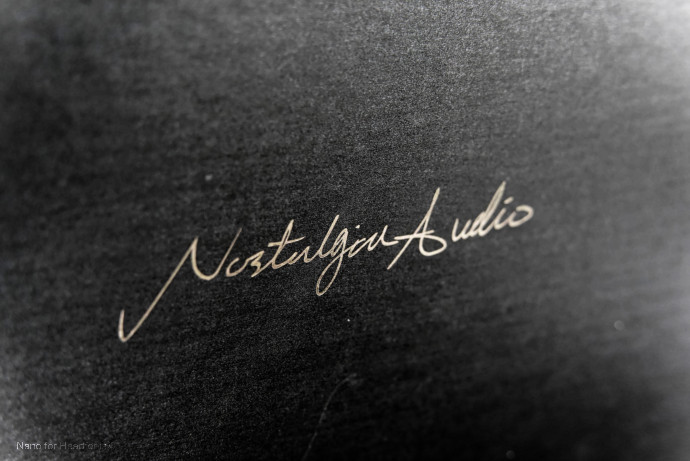
The Nostalgia Audio Series
Nostalgia audio in-ears range splits into two different categories:
So, as usual, let’s take a quick look at the brand’s actual range. If you’re not interested in that, you can go to page 2 of this article directly.
Nostalgia Audio NA5
First step into Nostalgia’s world, the NA5 is described as “an entry model of our Professional Series”. Featuring 5 Balanced Armatures, arranged in a 3-way configuration, this IEM aims at professional users who need a monitor that “focuses on the critical midrange frequencies, high clarity of treble and controlled bass”.
It’s a cool setup with 2 lows, 2 Mid, and 1 High, a classic configuration that should provide rich and natural details for vocalists, guitarists, and other lead performers, so I’d be curious to hear feedback from actual musicians!
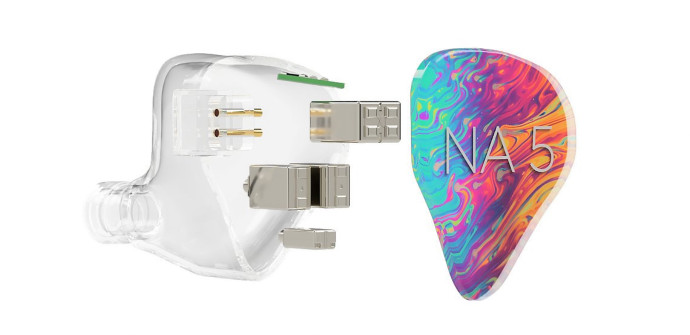
Nostalgia Audio NA7
Step up from the NA5, the NA7 features an upgraded hybrid configuration, consisting of five balanced armatures and dual electrostatics drivers. It’s basically the NA5, boosted with two more drivers dedicated to the upper spectrum, then configured with a 4-way crossover – which remains quite a feat in reality.
From their maker, this design provides “supreme tonal balance, and increased details across the frequency spectrum”, making the NA7 the best studio reference in-ear monitor they’ve ever designed, delivering ultra-fast response, sonic transparency, accurate room space, true-to-recording vocals, and dynamics.
Like the NA5, this one is available in universal and custom versions.
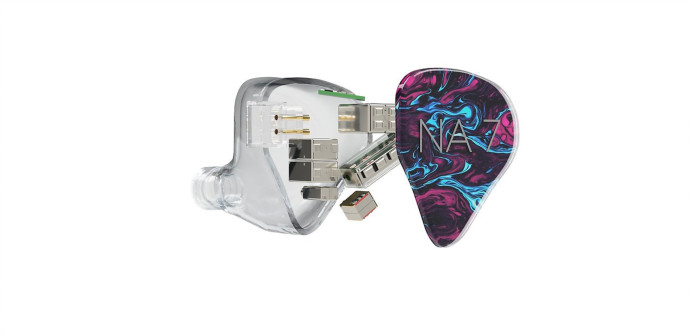
Nostalgia Audio Benbulbin
Named after an Irish mountain, located in County Silgo, the Benbulbin is a hybrid, 3-way design IEM featuring an 11mm Tuned Titanium plated dynamic driver and 4 Balanced Armatures. It is using 3D DLP Printed shells and an epoxy wood faceplate, making every Benbulbin unique, thanks to the small variation of that same faceplate.
On paper, this model presents smooth mids and detailed highs while maintaining a neutral sound combined with a great soundstage no matter if you are a stage user or an audiophile. It’s a very solid-sounding IEM, on paper, and seeing how other reviewers/owners praise their possession, I’d be quite curious to test that one too.
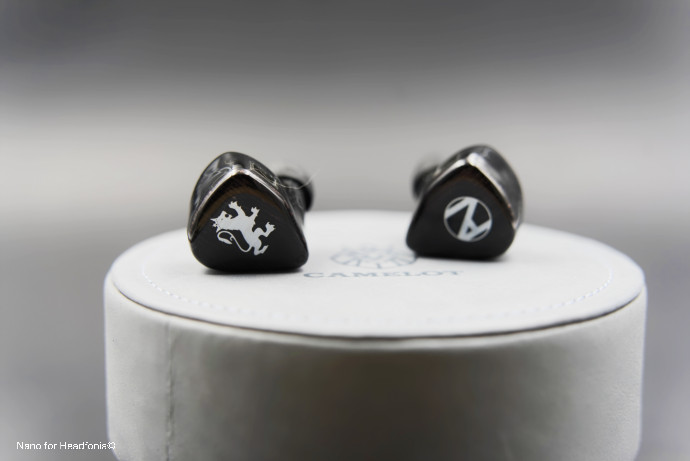
Nostalgia Audio Camelot
Top of the line, the Nostalgia Audio Camelot is – surprise, surprise – the model we are reviewing today. The quintessence of everything the brand has to offer, it features a whopping 10 drivers, mixing dynamic for the lows, armatures for the mids and highs, and even electrostatics – as the NA7 – for the ultra-highs.
Price is adequate for their status, and the Camelot is supposed to offer a detailed, great tonal balance and smooth vocals for audiophiles who pursue perfection. Promise kept? That’s what we’ll find out today!
The review continues on Page Two, after the click HERE or by using the jump below.







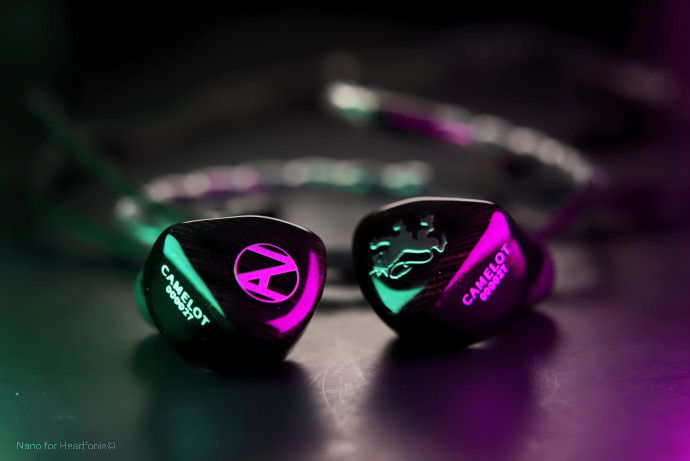
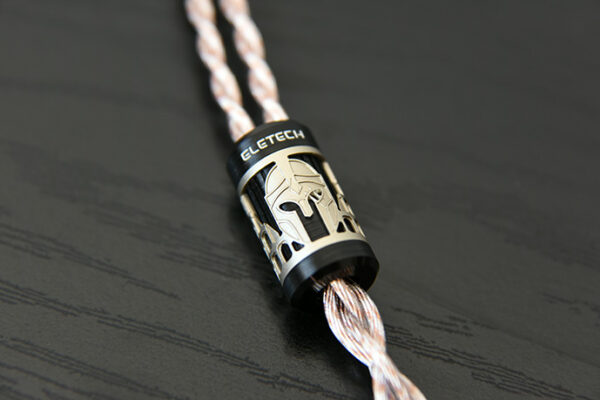
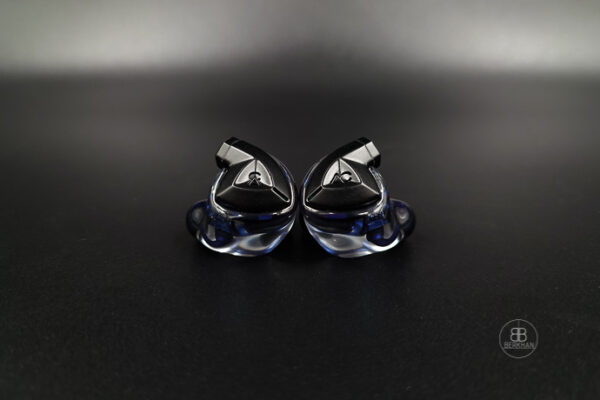
Alberto
Did you compare Camelot to Mezzo?
Vladimir
Hi! Thanks for the review. Do you think this IEM is a good choice for pairing with A&K SP2000? 2.5mm or 3.mm output?